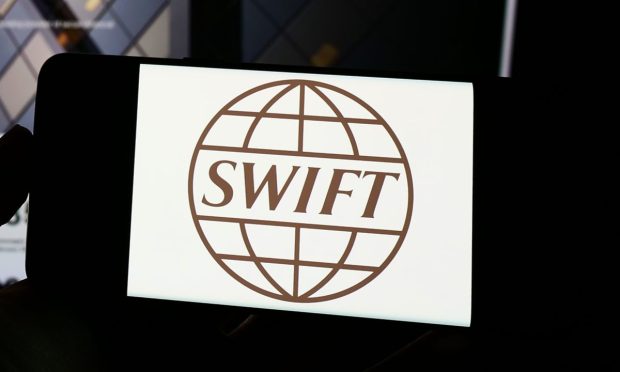SWIFT’s End No Sure Thing, and It Won’t Be Swift

The end for SWIFT may be swift.
Or perhaps drawn out.
But if some prominent critics and competitors are right, the global interbank messaging system’s days are numbered. It remains to be seen, though, whether an international finance system that has been built across 50 years can truly be dislodged from the world stage.
The latest salvo comes amid comments made at a panel hosted by the Global Blockchain Business Council from Mastercard CEO Michael Miebach. When asked at a panel whether SWIFT would be around in five years, he had a succinct answer: “No.”
Now, the response may have been said with a bit of tongue in cheek. Indeed, Mastercard said through a spokesperson’s email after the panel that SWIFT continues to evolve and that its future is not summed up in a “yes or no answer.”
But in expanding on just what cross-border transactions need, as reported by sites such as CoinDesk, Miebach said at the panel: “If you can get a payment with all the data attached that you need as a company … the cost savings of that in addition to a payment cost that is lowered, and the overall productivity boost, we can expect if we do this well, that’s the real goal here.”
Miebach’s comments signal that Mastercard finds ample opportunity in digitizing and modernizing cross-border transactions — as do a host of other entities.
There are even indications, too, that entire nations can disengage from the network. We saw that happen earlier this year as Russia’s central bank said that its own SPFS payments system would be a SWIFT replacement — at least within that country.
Critical mass accounts for much when it comes to keeping the status quo. Consider the fact that there are more than 11,000 banks and financial institutions (FIs) tied to SWIFT.
And in recent news, SWIFT is certainly ramping up its own modernization efforts. The system is looking at tests to link various central bank digital currency (CBDC) networks for cross-border transactions. SWIFT has tapped Capgemini to help focus on specific use cases, spanning CBDC-to-CBDC, fiat-to-CBDC and CBDC-to-fiat.
Read more: SWIFT to Test CBDC Ability to Facilitate Cross-Border Payments
And elsewhere, a pilot program for immediate cross-border (IXB) payments is being launched by EBA Clearing, SWIFT and The Clearing House (TCH). The initial proof of concept was finished in October with input from seven banks.
See more: Cross-Border Real-Time Payments Pilot Launched by EBA, SWIFT, TCH
That multi-pronged effort is one that acknowledges the complexity of linking the more than 50 real-time payment schemes that dot the globe. SWIFT’s own messaging and gateway connectivity means that FIs will not have to connect to each separate, disparate network.
Thus, with infrastructure and trust already in place, SWIFT is not going gently into any good night. Nostro accounts are still pretty much the rule, and SWIFT’s own data show that daily traffic of messages reaches into the tens of millions of transactions, with new peak days having been recorded earlier this year.
The transition to the ISO 20022 messaging standard is still underway, which will make the jockeying between SWIFT and its competitors over data-rich information all the more intense. Despite the individual, private competitors that have been dotting the landscape, such as, say, TransferWise or Ripple Labs (to name just two), and the new technologies that are getting at least some traction (such as blockchain), it will take a while to make significant inroads.
